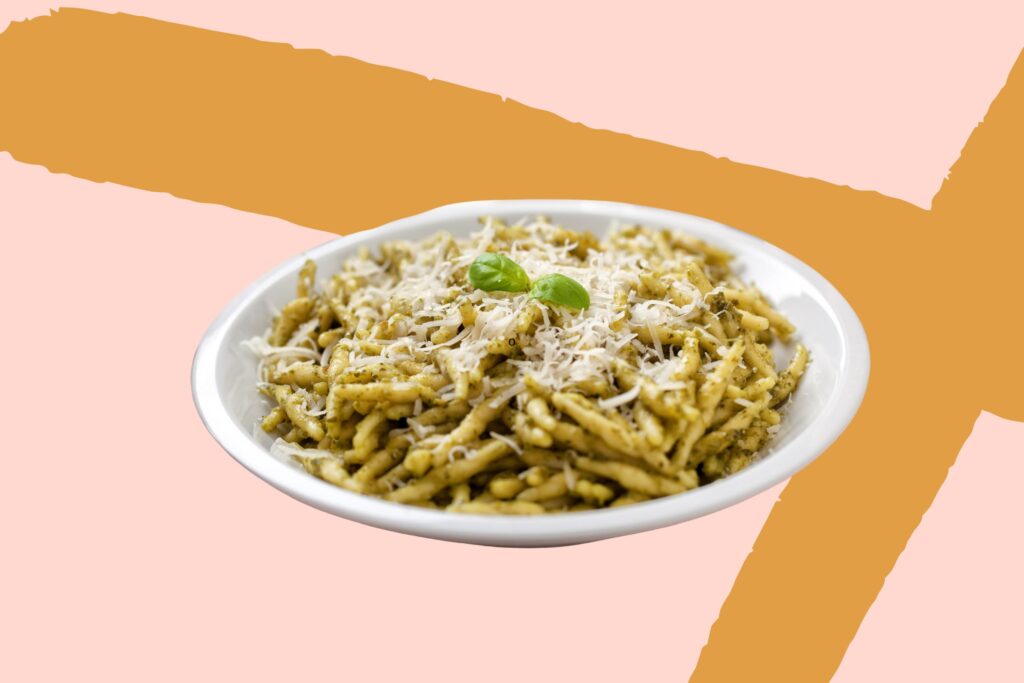Finding cheaper ways to prepare delicious, nutritious food is very much on our minds this winter.
Whilst Italy is recognised far and wide for its excellent cuisine, sometimes extravagant and often very humble, the country has ‘Cucina Povera’ to thank for a many of its celebrated dishes.
Translating as ‘the kitchen of the poor’ or ‘peasant cooking’, cucina povera refers to cooking techniques and recipes that originate from Italy’s rural areas. That said, the phrase certainly shouldn’t be taken too literally; many of Italy’s most celebrated dishes come from this style of cuisine that makes the most of simple, seasonal ingredients, with the style of cooking reflective of the ingenuity of the cook rather than anything to do with their financial status.
The ‘cradle’ of cucina povera lies in central and southern Italy. Regions like Puglia, Tuscany and Campania once had large areas of rural, sometimes relatively barren landscapes, and it is from here that some of Italy’s most famous cucina povera dishes come.
Danilo Cortellini, author, founder of Tiramisoo Events and former head chef at the Italian Embassy in London, grew up in such humble, rural surroundings, and bases much of his cooking style on all that he learnt from his upbringing. Indeed, Cortellini tells us that because of his upbringing he is well aware of the importance of making each ingredient go further.
With his help, we share some simple, cost effective ways to make the most of your ingredients and keep the shopping bills down this winter.
Buy In The Staples
Cheap, calorific cooking based around carbs like pasta lies at the heart of ‘cucina povera’ cooking. Cortellini tells us that “every Italian kitchen has plenty of olive oil, dried pasta, fresh pasta and risotto rice [in their larder]”.
Read: What are some of the healthiest and most versatile cooking oils?
He continues; “I always have a piece of hard Italian cheese such as Grana Padano in my fridge, which can be used so many ways once you have learned how it works in recipes, not just grated over pasta. It keeps well for weeks in the fridge without changing flavour or texture.”
When it comes to storing your cheese, Cortellini tells us that he “always recommend storing in a sous vide bag or covering with cling film as you don’t want the cheese to oxidate. Think of it as a seasoning rather than an ingredient and you’ll find it elevates so many dishes and reduces the need for salt”.

Reduce Your Food Waste
Cucina povera cooking is all about making sure that no ingredient is wasted. So be sure to plan your meals for at least several days ahead before you go shopping to avoid buying too much and then having to throw food away.
Cortelling suggests to “organise a fridge and cupboard raid meals with your friends, partner or family – take all the ingredients that you haven’t used in a while or that are at risk of being thrown away and collectively agree what you’re going to cook in the coming days”.
He adds; “This is a great improv activity that stimulates both your creativity, saving money and doing your bit for the planet at the same time”.
If you have leftover herbs, salad leaves or greens in the fridge, turn them into a pesto. Is your bread bin full if stale bread? Then it’s ideal for pangrattato, otherwise known as ‘poor mans parmesan’. Other dishes that use up stale bread include pappa al pomodoro and ribollita, a Tuscan stew which mixes beans, kale, more greens and leftover stale bread.
Read: 6 IDEAL ways to save money on groceries.
Learn Some New Techniques
Cortellini tells us that “pickling, freezing, curing, and other preserving techniques might sound tedious but they can all be easily mastered. Learning these skills not only boosts your cooking confidence but helps your ingredients go much further. With the right jars and wrapping you can even use your new skills to create personalised and thrifty Christmas gifts.”
By pickling, curing or fermenting foods, you preserve them for a healthy length of time. You also create new flavours and textures from familiar ingredients that you may have gotten bored with.
Eat Seasonally & Grow Produce
For the rural regions of Italy, eating seasonally was once more out of necessity than choice. Still today, the benefits of shopping and eating with seasonality in mind are endless.
Items in season, whether asparagus in May, grouse in August or peaches in September, taste so much better. They are bright, vibrant and (potentially) more nutritionally sound. Secondly, it’s economically savvy. Ingredients at their best are plump and pound-for-pound better value for money. Thirdly, as fruit and vegetables taste so much better in season, you’ll be moved to cook with them more, leading to a healthier diet.
You could also consider growing some some of your own produce. Growing your own vegetables can be a great way to help the environment and also save some pennies. If you don’t have a big garden, then consider growing some herbs on your windowstill.
If you’re planning on growing your own fruit and vegetables, here are a few pointers on getting started.
Create Dishes With Fewer Ingredients
Less is sometimes more.
“Basil and lemon are hugely popular ingredients in Italy – they add sweetness and acidity to a wide range of dishes. I recommend growing your own basil on your windowsill (outdoors and indoors) which is cheaper and involves less packaging than buying from the supermarket every week. A cheap and easy family meal is my bucatini cacio-e-pepe with Grana Padano, lemon and basil. and you can add extra lemon, basil, pepper or Grana Padano to taste.”
Using Cheaper Cuts of Meat
“Del porco non si butta via niente” , translated to “no part of the pig is thrown away”, is a famous Italian mantra that is still as relevant today as it was back in the day. Indeed, many fancy restaurants price themselves on nose to tail cooking. Quite simply, get into cooking with offal; it’s inexpensive, nutritionally sound, and full of flavour.
Use The Parts You Might Have Previously Thrown Away
From ‘Head to Tail’ to ‘Root to Shoot’ – cucina povera is a masterclass in not wasting anything. Think leftover vegetables for stock, rinds of parmesan as flavour bombs, and more…
Interestingly, Cortellini says whilst he wouldn’t recommend eating wax or cheese cloth, ”most cheeses have rinds that are perfectly edible and that can be a great addition to many dishes. I always use Grana Padano rinds in stocks and sauces and they are a treat in this delicious and nutritious Grana Padano, Spelt and Broad bean soup.”
He also shares an ingenious way to use your leftever parmesan rind; “a more unusual way to use the rind would be to make puffed bites into the microwave. Simply dry your piece of rind with a clean cloth, place it in a dish on a piece of parchment with the rind facing up and bake at maximum power for about 2 minutes to watch the magic happen then use as a crouton”.
With this in mind, check out our tips on how to avoid wasting food and turning anything left over into something downright delicious here.





